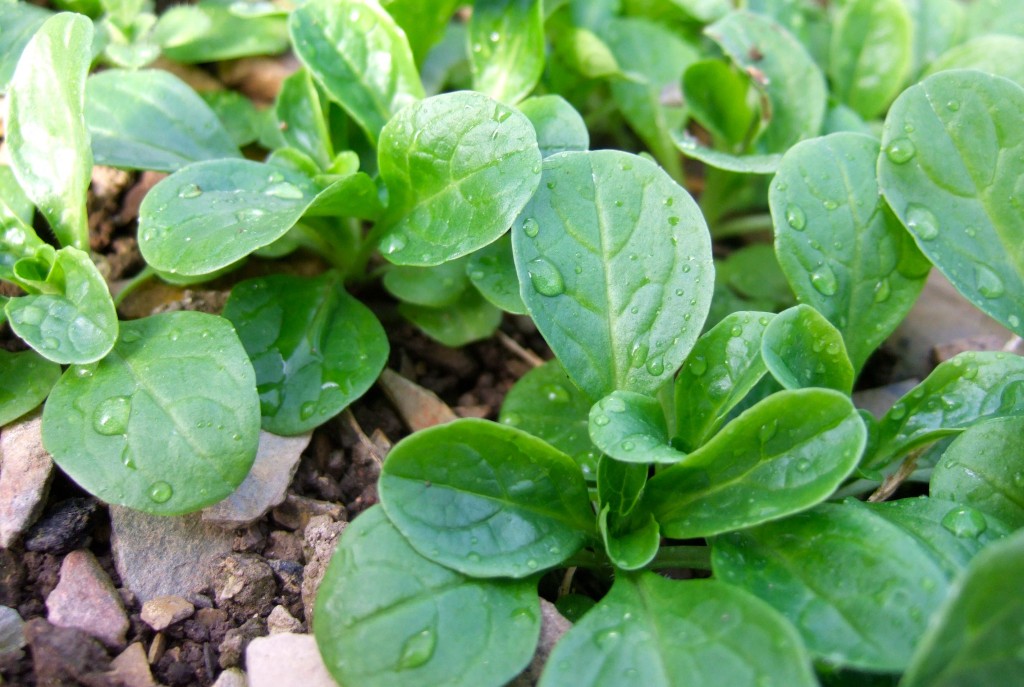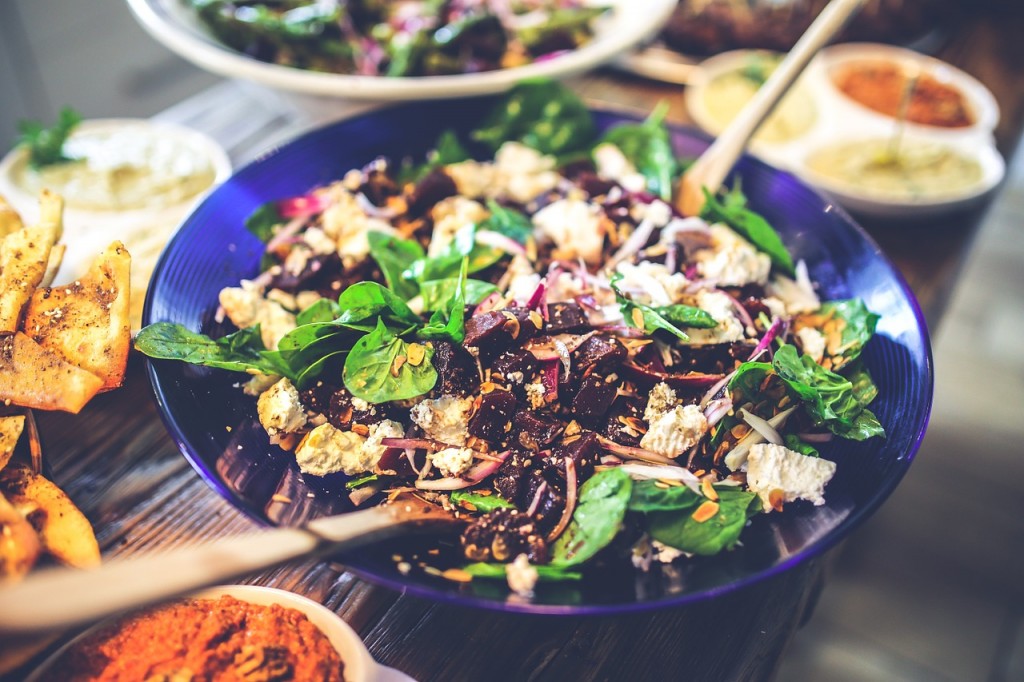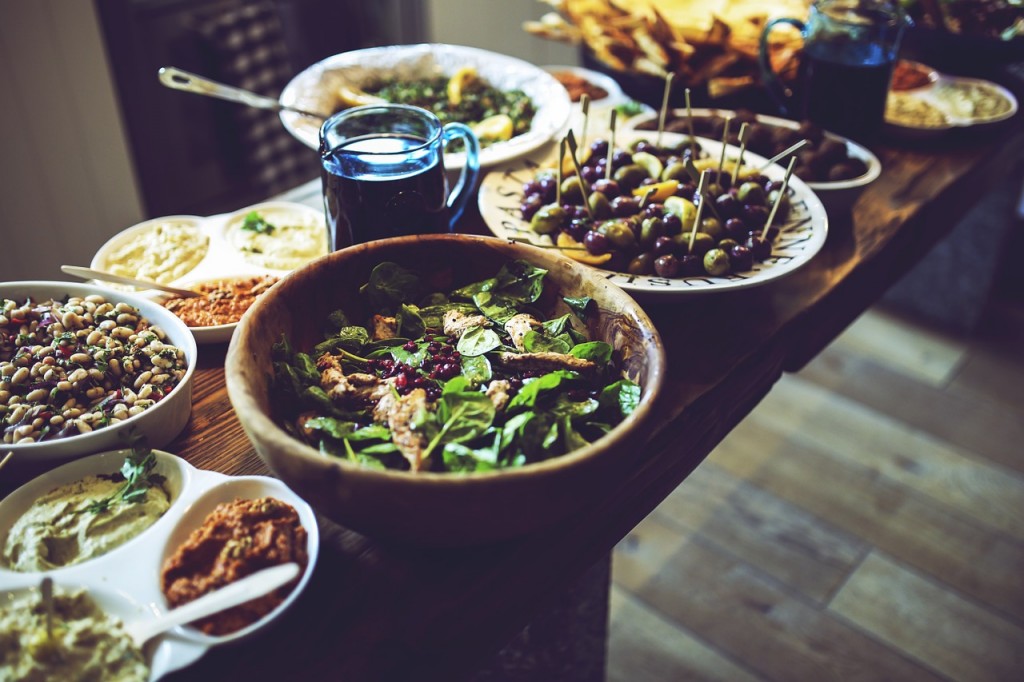You water, you feed, you cajole. But despite your best efforts the limp leaves of red and green relax into their juvenility.
You estimate the time it will take your baby lettuce to reach salad size.
Five, six, seven weeks! By then your crop will be “wise-beyond-its-weeks lettuce,” battle-weary from encounters with aphids and whitefly, or slimy from explosions of fungal spores.

Do we quit growing greenhouse greens in winter just because it’s hard?
We do not.
We are Gardeners.
We are problem solvers.
Lettuce is not the only green in the salad bowl!
There are plenty of alternatives—nutty greens, spicy greens, greens with crunchy stems, invigorating textures, and vivid colors.
Greens that hang on to their perky spirits even on days when the sun doesn’t make it up until after 7 a.m. and slinks out of sight before 5.
Through times of solar deprivation we need greens that will inspire, rather than demoralize.

When searching for the ideal plant to fill a challenging niche in the landscape, I sometimes check out the resident weed species, and choose a similar—but not so weedy—plant.
Nature knows what will survive in tough circumstances. Mâche (pronounced mahsh) is a common weed that has long filled empty spaces in European grain fields before “real” crops get established, and again after they are harvested.
When the soil is warm mâche simply will not germinate.
However, just as lettuce starts to stagnate, its switch is flipped to “on” and it grows like, well, a weed.
Protect it with a hoop house, even an unheated one, and harvest all winter long.
The petite rosettes make a soft and pretty nest on the plate for sliced beets, or roasted sea scallops. Individual leaves are velvety, tender, and so very fashionable.

Spinach, though not as chic, is every bit as cooperative as mâche.
But there is a problem with planting it outdoors, at least in northern latitudes: by the time the soil is cool enough for seeds to germinate, it’s too late for plants to properly size up.
Winter robs you of your just rewards! A little protection from a cold frame or hoop house can make all the difference.
Mustards, and by this I mean the whole colorful clan, are another satisfying choice.
Imagine a salad of nutty arugula, spicy mustard leaves (picked young), mizuna, baby kale, and tatsoi, drizzled with a lively ginger dressing—not that this crowd needs much livening up.
Flea beetles, those damaging beasties that chew holes in spring arugula, are happily pupating in fall and winter, so you have time to sneak in a clean crop.
The growth rate of mustards is retarded by short days, but they are such speedy growers in general that a winter greenhouse crop is entirely doable, especially if you add a little supplemental heat.
So bring on the winter palette!

The moody gray skies and the sparkling ice, the glossy tatsoi and the moss green mâche, the garnet red mustard and the dark Tuscan kale.
Yes, the greens of winter will make your salad bowl pop—and your spirits sing.
By Pam Ruch – a greenhouse grower for the Glasbern Inn in Pennsylvania.










